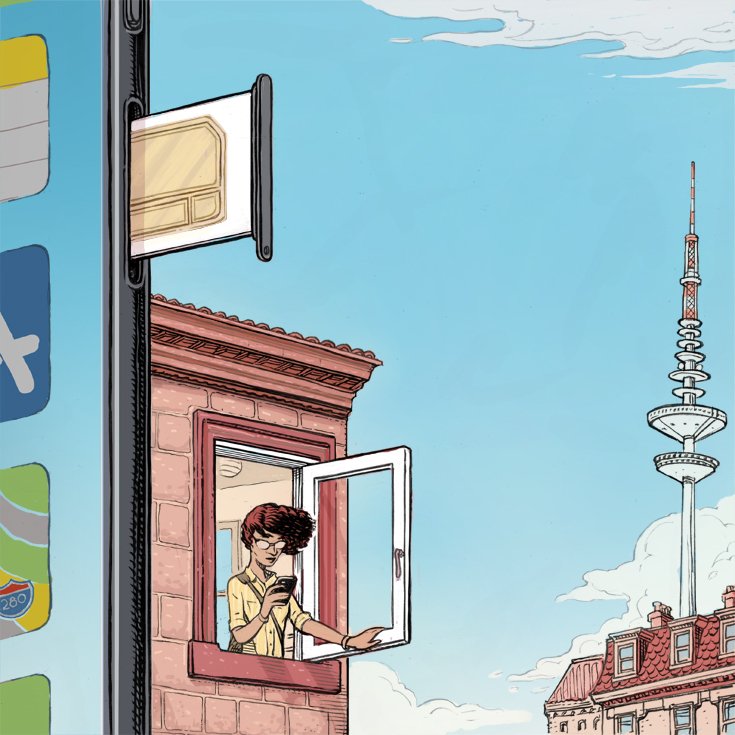There’s an easy way to get zero roaming fees, inexpensive Internet service and cheap phone calls when you travel. The trick is the SIM card, a tiny, removable chip, inside your phone.
What is a SIM card?
Subscriber Identity Module cards are roughly the same size, and indeed look like, the microSD memory cards you’d find in a digital camera. The main purpose of a SIM card is to store a small amount of data that lets the closest cell tower know, among other things, what wireless company you’ve subscribed to.
When you’re traveling, this creates a problem. When your phone connects to the tower in a different country, the tower effectively says “I don’t know you,” and either denies you service, or tells your provider you’re roaming.
If you’re wondering if you can just get a different SIM card that will work on a different network, you can.
For years that’s how I’ve gotten cheap data in dozens of countries all over the world. I’d arrive in a city, head to a local cellphone company store, and buy a SIM and a month of service. Put the new SIM in your phone (make sure you don’t lose your old one, you’ll need it when you go home) and you’re all set.
How much does a local SIM cost?
The prices vary depending on country and provider, but on average I’ve paid around $20 for a month’s worth of 4G data and calls in that country. Most companies want to look at your passport, so make sure you bring it. A handful of countries have other requirements, so a quick Google search before you go is a good idea.
The catch, and you knew there’d have to be one, is that your phone has to be unlocked. This means your cellphone company has to enable a setting on your phone that allows you to use it on a different network. The process to do this varies, but in most cases you need to have paid off your phone. The actual unlocking process is free, though.
Not every phone will work in every country, but most new phones should be fine. Best to check with your current cellphone company to verify that your phone will work, and if it needs to be unlocked.
Times are changing for SIM cards, however. Google and Apple have “eSIMs” in some of their phones and tablets. These Embedded-SIMs are essentially a virtual SIM card, and work across multiple cellular networks.
Google Fi, Sprint and T-Mobile, have generous free international coverage. Generally, if you have one of these providers, you’ll be able to step off a plane just about anywhere in the world and your phone will work more or less normally. Google Fi has 4G data; Sprint and T-Mobile have far slower 2G, but offer 4G packages for a few dollars a day.
Where do I get a local SIM card?
You can buy SIMs at airports, but these are often far more expensive and offer less data than those you can buy from a local telecom company. Lists of the main providers in the Americas, Asia/Pacific, Europe, and Africa and the Middle East can be found online before you depart. There are also “universal” travel SIM cards, but these cost more than a local SIM.
Will I have the same telphone number?
No. Your apps will work, but you will have a new number. Your old number will go directly to voicemail until you return home and swap in your original SIM, which will return your phone back to normal. Just something to keep in mind.

